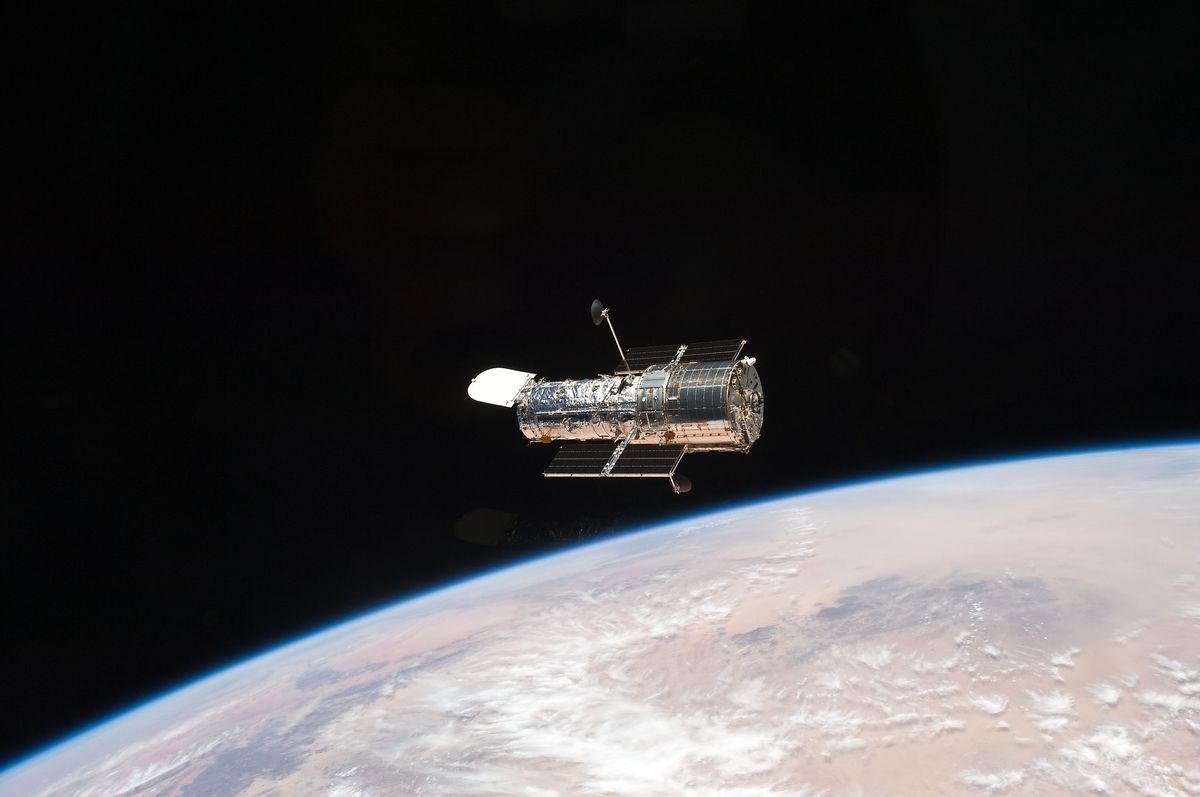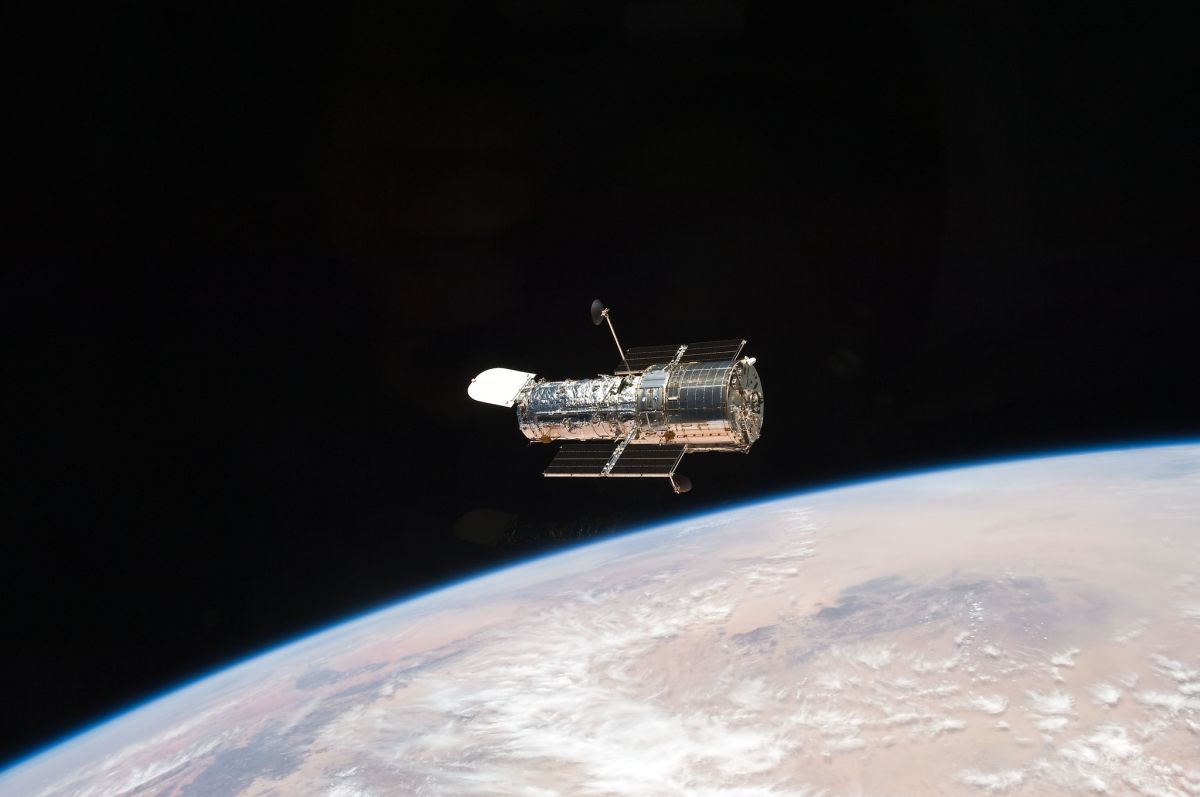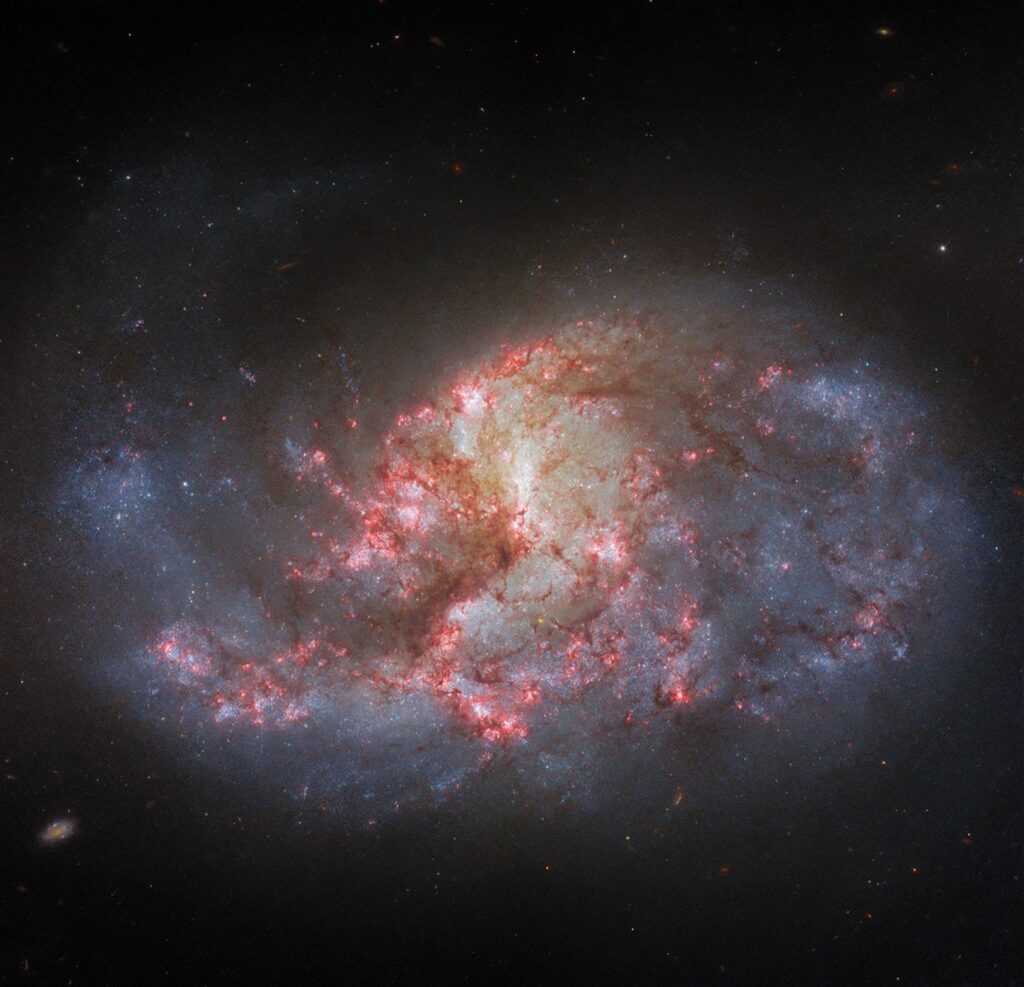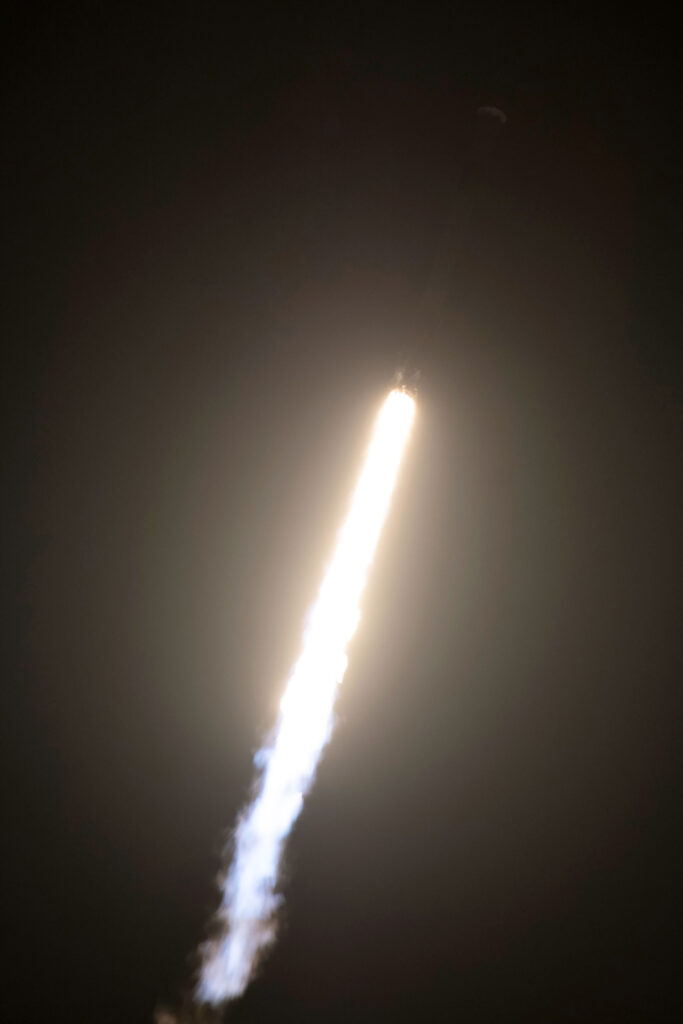
Update for 5:30 p.m. EDT on Sept. 29: NASA and SpaceX announced today that they’re conducting a feasibility study about potentially using a Dragon spacecraft to boost the orbit of, and also possibly service, the Hubble Space Telescope. Check back soon for a story that goes into detail about this study. You can listen to the press conference and announcement above.
NASA will hold a press conference today (Sept. 29) about a mysterious and intriguing new study, and you can listen live.
The briefing, which starts at 4:30 p.m. EDT (2030 GMT), will “discuss a new study exploring potential commercial space opportunities for NASA science missions,” agency officials wrote in a statement (opens in new tab). Catch it live here at Space.com, courtesy of NASA, or directly via the space agency (opens in new tab).
The participants in the briefing are:
- Thomas Zurbuchen, associate administrator, NASA’s Science Mission Directorate
- Kathy Lueders, associate administrator, NASA’s Space Operations Mission Directorate
- Jessica Jensen, vice president, customer operations and integration, SpaceX
- Jared Isaacman, commercial astronaut and commander of Polaris Dawn
- Patrick Crouse, Hubble Space Telescope project manager, NASA’s Goddard Space Flight Center
Related: SpaceX’s private Polaris Dawn crew talks about their ambitious mission (exclusive)
NASA didn’t provide any further details about the study, but that panelist lineup makes for some juicy speculation.
Polaris Dawn, for example, will send Isaacman and three crewmates to Earth orbit aboard a SpaceX Dragon capsule. It will be the second private orbital mission for Isaacman, who funded and commanded SpaceX’s Inspiration4 flight in September 2021.
Polaris Dawn is scheduled to launch no earlier than March 2023 and spend up to five days in orbit. If all goes according to plan, the mission will reach a maximum altitude of about 870 miles (1,400 kilometers), taking the crew farther from Earth than any astronauts have gotten since the Apollo days. Polaris Dawn will also feature the first-ever commercial spacewalk, an interesting detail given that a Hubble team member will be on today’s media call.
The Hubble Space Telescope launched in April 1990 and is still going strong today, thanks in no small part to five servicing missions performed by NASA astronauts aboard the now-retired space shuttle from 1993 to 2009. It probably strains credulity to suggest that Polaris Dawn might visit Hubble — would NASA let an experimental private spacewalk anywhere near the iconic and valuable scope? — but perhaps one of its follow-on missions will.
Related stories:
Polaris Dawn is the first of three planned flights in the Polaris program, which Isaacman leads. Few details about the next two missions have been released, but the second one will presumably use a Dragon as well. The third one will employ Starship, the huge rocket-spacecraft combo that SpaceX is developing to take people and cargo to the moon and Mars. Indeed, the Polaris website bills Mission 3 (opens in new tab) as “the first human spaceflight on Starship.”
Could Polaris Mission 2 or Mission 3 be a servicing flight to Hubble, a chance for NASA to repair and upgrade the venerable observatory for the first time in more than a decade? We’ll just have to tune in to today’s briefing to find out.
Mike Wall is the author of “Out There (opens in new tab)” (Grand Central Publishing, 2018; illustrated by Karl Tate), a book about the search for alien life. Follow him on Twitter @michaeldwall (opens in new tab). Follow us on Twitter @Spacedotcom (opens in new tab) or on Facebook (opens in new tab).



